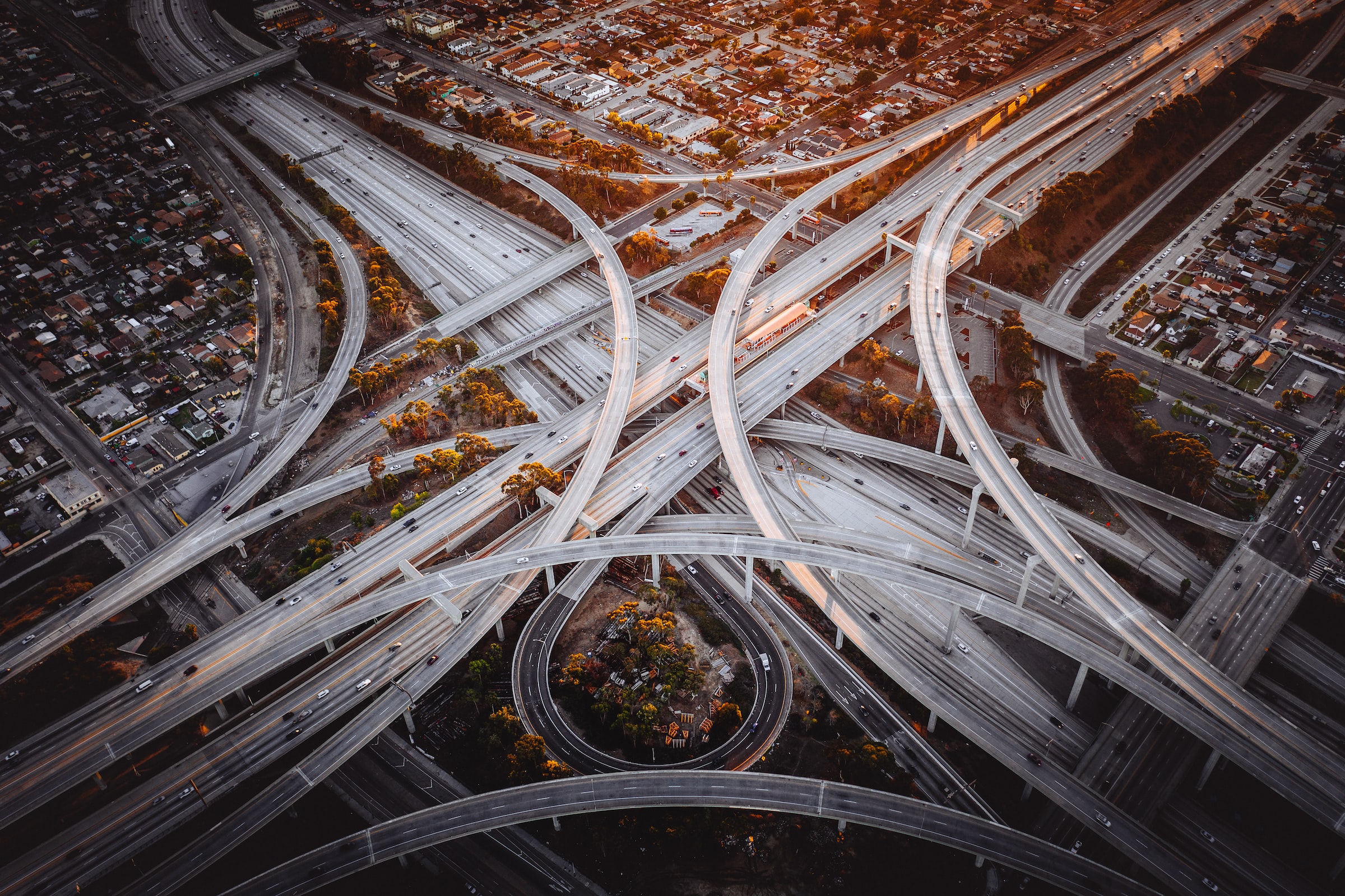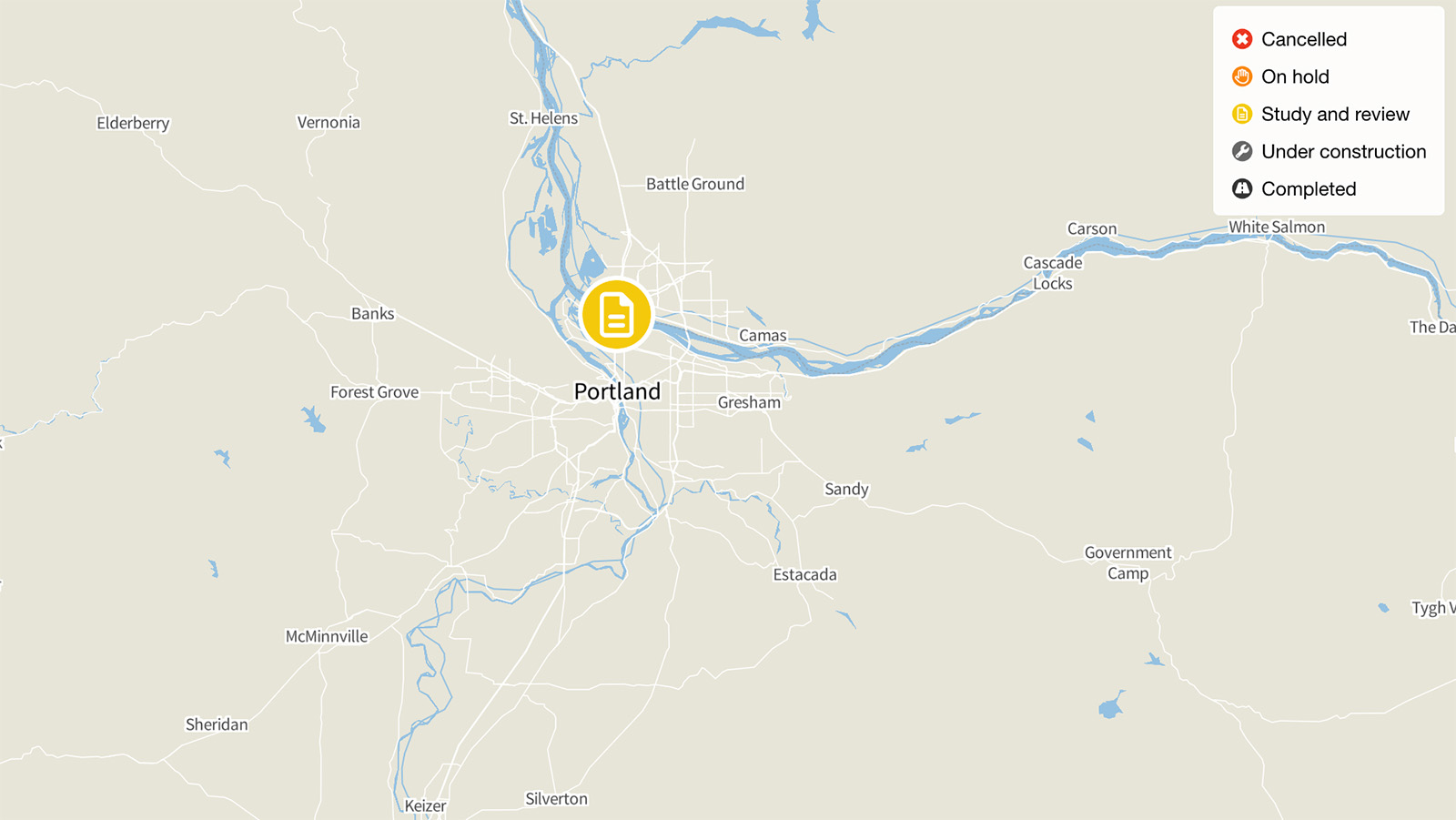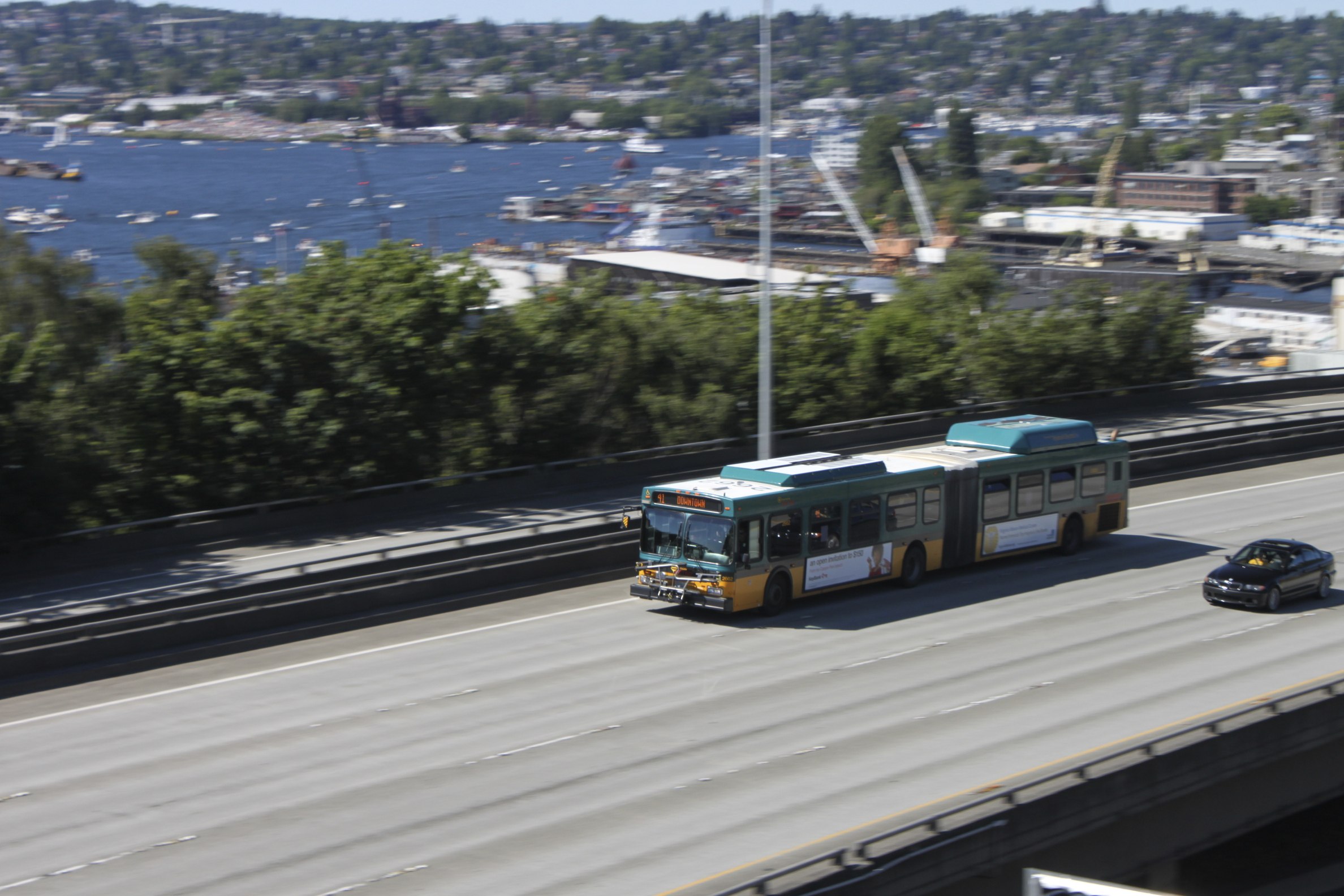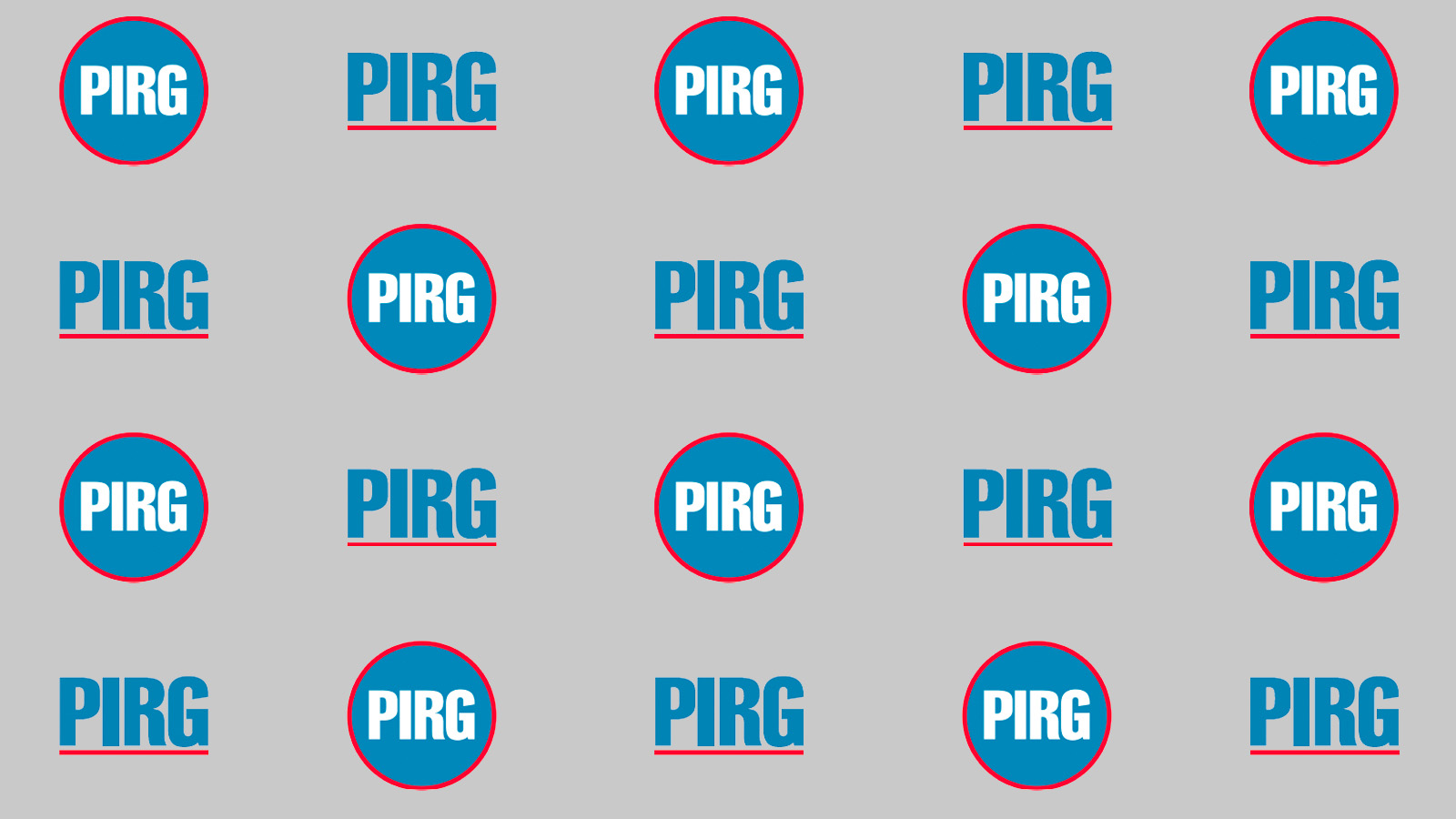
Interstate Bridge Replacement, Oregon and Washington

Status: Study and review
Projected cost: $5 billion to $7.5 billion
Opened in 1917, the northbound section of the Interstate Bridge was the first automobile bridge to cross the Columbia River between Washington and Oregon. Now more than a century old, according to Washington State Department of Transportation (WSDOT) the bridge “no longer satisfies the needs of modern commerce and travel.” Replacing it with a “modern, seismically resilient, multimodal structure,” the agency says, is “a high priority” for Oregon and Washington. The result: a proposed five‑mile expansion of Interstate 5 over the Columbia River between Vancouver, Wash., and Portland, Ore.
Misleadingly dubbed the Interstate Bridge Replacement (IBR), the project WSDOT and the Oregon Department of Transportation (ODOT) are proposing is, in fact, not simply the replacement of a bridge, but rather a major freeway expansion that would almost double the size of the existing bridge while also rebuilding several freeway interchanges in the city of Vancouver and the city of Portland. While the project does incorporate a significant transit component, overall, local advocates claim, it’s better described as “a freeway widening and interchange rebuilding project.”
The project largely recycles plans for an earlier proposed freeway expansion – the Columbia River Crossing – that was shelved in 2014. Concerns about those plans were already being voiced more than a decade ago. In 2011, then U.S. Representative Peter DeFazio expressed his frustration to The Oregonian: “I kept on telling the project to keep the costs down, don’t build a gold-plated project. How can you have a $4 billion project? They let the engineers loose, told them to solve all the region’s infrastructure problems in one fell swoop… They need to get it all straight and come up with a viable project, a viable financing plan that can withstand a vigorous review.”
Local advocates argue that current proposals for the IBR do none of these things.
Led jointly by ODOT and WSDOT, in collaboration with eight bi-state partner agencies, under the direction of the governors, legislative committees, transportation commissions and/or transportation departments from both states, the project has already seen runaway costs. In 2020 it was predicted to cost up to $4.8 billion. By the end of 2022, that figure had risen to $7.5 billion. And given transportation agencies’ well-documented history of cost overruns, it will likely rise even further. These costs may be met by competitive grants through the IIJA, as well as formula funding from the two states.
Proponents of the project have argued that the widening will merely involve the addition of one “auxiliary lane” in each direction – i.e., adding only enough capacity to widen the existing bridge from six lanes (three in each direction) to eight (three plus an auxiliary lane – so, four lanes – in each direction). However, project plans show a 164-foot-wide road wide enough for up to 12 lanes should ODOT and WSDOT decide to restripe it in the future.
This design also brings new safety concerns – namely, creating “dangerous … elevated roadways and steep on-and-off ramps,” the latter with grades of up to 7%. By one analysis, the 4% grade of the main span would be steeper than almost any other interstate bridge in the country, creating hazardous conditions in winter weather.
Local advocates opposed to the proposals claim that the team behind the IBR project has consistently refused to engage with local concerns, even ignoring recommendations from its own panel of bridge and highway experts assembled to review earlier plans for the Columbia River Crossing, which, for example, recommended dividing the project into three separate, independent phases to mitigate financial risk, and eliminating at least one of the planned interchanges to improve traffic flow and keep costs down.
There have also been accusations that authorities’ assessment of the need for and impacts of the proposed bridge widening has been based in part on flawed and misleading traffic modeling that has inflated predicted traffic volumes and congestion on the existing bridge.
WSDOT doesn’t have a great record when it comes to traffic projections. The final environmental impact statement for the Columbia River Crossing, published in 2011, predicted annual traffic growth on I-5 of 1.3%; actual growth from 2000 to 2019 was 0.3% per year. Subsequent independent analysis showed that the IBR projections had overestimated future traffic volumes by tens of thousands of vehicles per day, figures that were used to justify the plans that became the foundation of a vastly oversized project.
Even irrespective of the numbers, some residents argue that the IBR plans will, in fact, create more congestion in the area, not less. While planned peak time tolls of up to $5.69 each way will reduce traffic volumes on the I-5 bridge itself, the absence of tolls on the parallel I-205 Glen Jackson Bridge would simply divert “tens of thousands” of these vehicles to I-205, leading to gridlock on the I-205 bridge.
Under the slogan “Right Size, Right Now,” the Just Crossing Alliance, a coalition opposed to the IBR plans, proposes an alternative: a bridge of a size appropriate to the traffic volumes that can be expected with tolling, as well as improved transit and a significantly smaller price tag. They argue that the focus should be on replacing the bridge rather than widening the freeway, and that the agencies involved should look seriously at alternative options, such as a tunnel or an alternative bridge type that could use existing approaches and eliminate the need to widen the road and build interchanges. In short, as No More Freeways’ Joe Cortright puts it: “The bloated size of the project and its $7.5 billion cost, and the availability of better alternatives […] call for rethinking this project, now.”
Topics
Find Out More


Less driving is possible

Green Scissors
